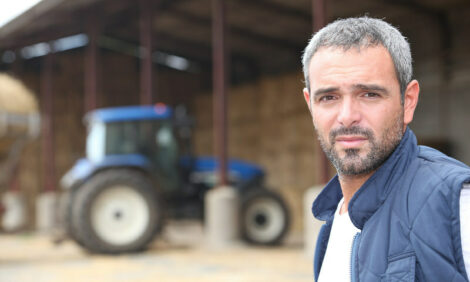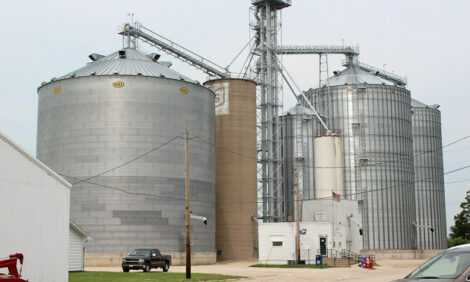



Accurate Labelling on British Pork Products
UK - Naturally occurring isotopes of five common elements found in pork will be measured to prove its provenance and thereby protect the integrity of the Quality Standard Mark.They key to the process is that the ratio of these stable isotopes differs depending on where a pig is born and reared.
“This could be a very powerful tool in our bid to get accurate labelling on pork and pork products,” said BPEX director of pig industry technology Mark Wilson.
The £100,000 project, which starts in March, will examine the ratios of naturally occurring isotopes of common elements in reference samples of pork, bacon and ham of known origin and compare them with those of test samples whose origin is suspect or unknown.
The elements tested are those found in protein and water. Water, for example, is made up of the elements hydrogen and oxygen; each of these elements naturally occurs in two isotopic forms and it is differing ratios between these pairs of isotopes that is specific to a particular location.
The fingerprint for a range of elements found in the tissues is very specific to the source of the nutrients and water consumed by a pig while growing, so accurately linking a sample to the place where it grew and was raised. The more elements included in analysis, the more accurate the focus of comparison.
Isotope analysis compares the fingerprints of samples, producing a graded result - the closer the locations where samples come from, the closer will be their isotopic fingerprint.
Conversely two samples from widely separated areas, such as the United Kingdom and Spain, will have very different signatures.
Mark Wilson said: “The starting point of the project will be to visit assured processors and take samples from pigs produced all over the United Kingdom to create a reference library. We will use slapmarks and postcodes to pin down geographic locations.
“Once we have this information the aim would be to use the technology for verification and it might even eventually replace elements of the British Quality Assured Pork paper trail audit with state of the art technology.
“We intend to take packs of pork, bacon and ham from the retail shelf as part of the audit process and test their isotope profiles against the reference dataset.
“In each case, test sample signatures are compared to the family of reference material and a primary question posed: Is it British?. Where an answer is in doubt or is questioned, further analysis taking more pork samples from other assured farms can quickly confirm exactly where a sample comes from and adding to the reference library.
“This will add a greater value to the Quality Standard Mark and protect it so retailers and consumers can be assured of provenance.”
A number of trials carried out during 2006-2008, including work undertaken by BPEX in July 2008 demonstrated the validity of stable isotope analysis as an authenticating method for pork and pig meat products. The technology is used extensively in Germany to authenticate a wide range of agricultural products including meat, organic eggs, wine, fruits, vegetables and edible oils.
Testing and verification programmes can be as varied as required – either systematic downstream audits regularly at various points in the supply chain, or randomly to assess provenance of Quality Srtandard Mark labelled pork.
The questions the technology could be used to answer include:
- Is this pork/ bacon/ ham British?
- Which specific region of Britain does this pork come from?
- Which farm does this sample come from?
- If not British, from which country does this pork originate?
Initially it will answer questions one and four, but as the database of reference samples grows, answers could be found to two and three as well. Mark Wilson said: “The longer this continues the more samples we will get and the greater will be the accuracy.”
The project will be managed by Longhand Data Limited, a company based in Yorkshire that specialises in data processing and traceability in food supply chains.








